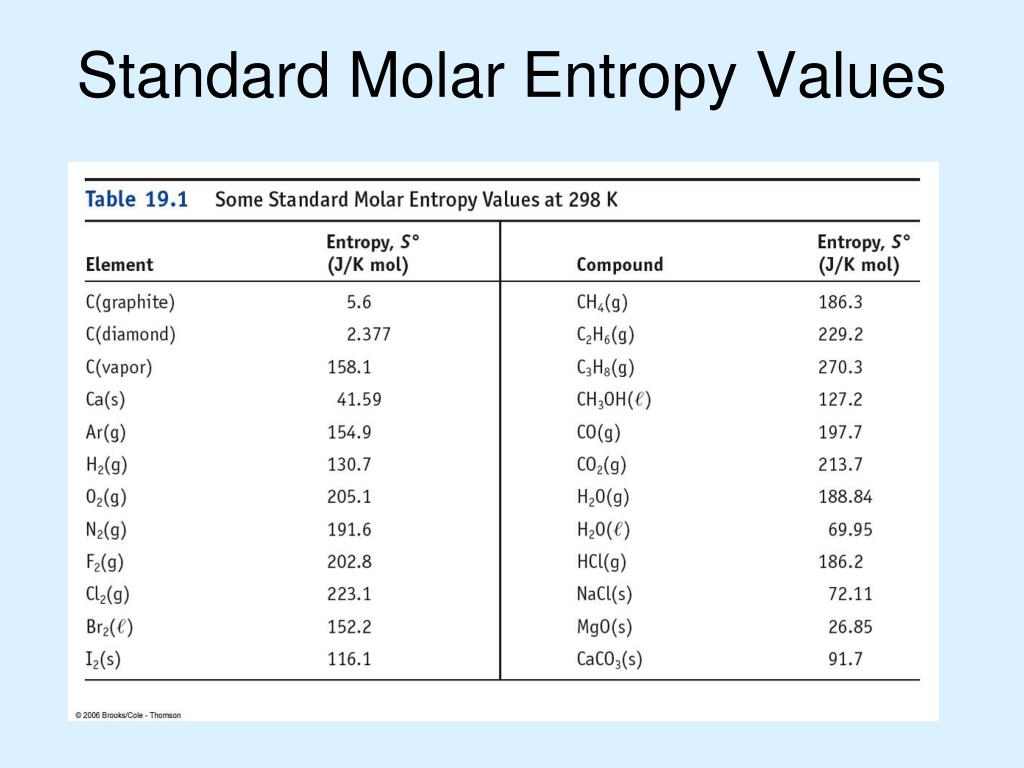

The partial oxidation reforming reaction of ethanol is a slightly endothermic reaction with a less hydrogen production rate than steam reforming.

(17) The results showed that ethanol dry reforming can avoid coking at 973 K and 28.7% fuel utilization with high ratios of CO 2/ethanol. A thermodynamic analysis of a SOFC system operating with ethanol dry reforming was carried out. (16) The carbon dioxide dry reforming technology can exploit CO 2 to produce hydrogen without additional water intake, improving the living environment of human beings. (15) A SOFC system simulation with steam–ethanol reforming was performed and it reached the highest efficiency of 83.9% theoretically over 1100 K. (14) A thermodynamic analysis of the steam ethanol reforming-SOFC system was conducted, showing the highest hydrogen production rate at 973 K with a steam to carbon ratio of 1. Among them, steam wet reforming technology is a mature and efficient way. (5)Įthanol reforming to produce hydrogen for a SOFC is regarded as a significant technology routine, including steam wet reforming, carbon dioxide dry reforming, partial oxidation reforming, and autothermal reforming. The system durability and thermal management need to be enhanced further. Another significant obstacle that hinders achieving commercialization is the high production cost with the complicated preparation process. A high operating temperature and stack heat capacity increase the startup time. However, there are still big challenges ahead for the SOFC-APU system. The SOFC-APU system can improve the driving range due to the fuel adaptability and replenishment convenience. The pure electric vehicle is restricted to the battery energy density with a short driving range.

Less emission (including NOx and SOx) makes it environmentally friendly. Compared with the traditional internal combustion engine (ICE) vehicles, the SOFC-APU system has higher efficiency and lower noise and vibration with silent running. (5) In addition, the waste heat generated by the SOFC can be used in the endothermic steam-reforming process and cabin heating, avoiding the trouble of cold start in winter and proton membrane humidity maintenance in hot climates. (9) Without depending on the hydrogen infrastructure, the SOFC system has safer and cheaper refueling than the hydrogen fuel cell system. In mobile applications, liquid fuel can operate the SOFC system directly with easy storage and transportation, reducing the system size and complexity. During the stable operation, the electrical efficiency and exergy efficiency of the SOFC-APU system can reach 55.4 and 77.1% with a 70% anode gas recirculation ratio, respectively. The results show that the system efficiency of 44.4% can be achieved with a 0.42 g/s ethanol flow at the startup phase. Under the optimal reforming option and operating conditions, the conceptual SOFC-APU system design is identified with the trade-off between system efficiency and ethanol flow from the startup and stable operation phase. The electrical efficiency of the SOFC can reach a maximum of 50% with ethanol autothermal reforming.

The thermodynamic analysis is employed to evaluate the ethanol-fueled SOFC performance of different reforming options with a metal-supported SOFC working at 600 ☌ and a 0.3 A/cm 2 current density. In this paper, we designed a novel SOFC auxiliary power unit (APU) system with ethanol on-board reforming aiming at vehicle application. The SOFC system’s performance depends on the reforming option and system design. A solid oxide fuel cell (SOFC) has wide stationary and mobile application prospects due to its high efficiency and fuel flexibility.


 0 kommentar(er)
0 kommentar(er)
